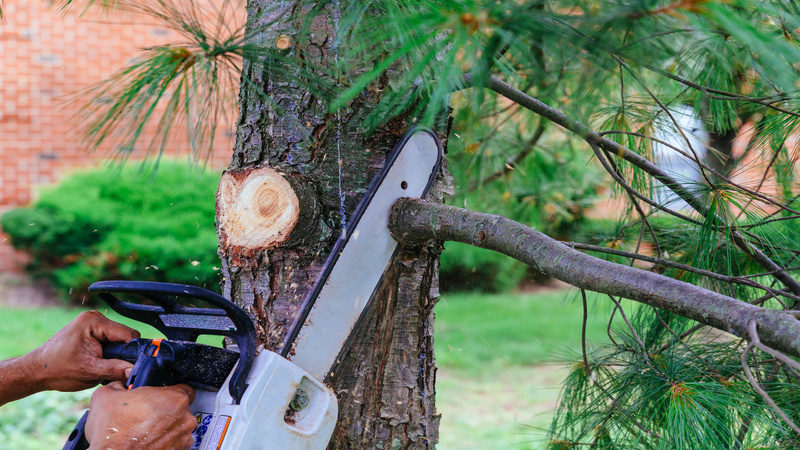Radon is a type of radioactive gas. It doesn’t have any color and odor which can make it tricky to determine radon levels unless you have the right equipment. It’s present in soil and rock all the world over. It can also move in air or water. Radon can break down into radioactive elements. These are referred to as radon progeny. These can cling to dust. When you breathe those dust motes in, the radioactive elements then find their way into your body, exposing your body’s cells from the inside to harmful radiation. With long-term exposure to these radioactive elements, you can end up with cancer.
Is it in your home?
Radon can find its way into your indoor air as well as your water supply. It can also come from certain building materials, so before you have any renovation or remodels done, be sure to check for radon levels present in the materials before you proceed. Granite, for instance, can carry considerable levels of radon, according to Cancer.Org.
Who are at risk?
People spend a lot of time indoors. If radon content levels are high, that’s going to put a lot of lives at risk. Radon is also high in underground workplaces, with high death rates due to lung cancer. Those who work in uranium processing plants and factories, and those who work with phosphate fertilizer are at risk as well.
Dealing with the problem
First things first: Use a radon gas testing kit to find out what your property’s radon levels are. You can also hire pros to do an inspection for you. If the results of the radon gas testing indicate high levels of radon, you’ll need to look for a company to install a mitigation system. That should reduce the levels to keep the property free of any health risks caused by radon exposure. Contact SWAT Environmental for more information.


